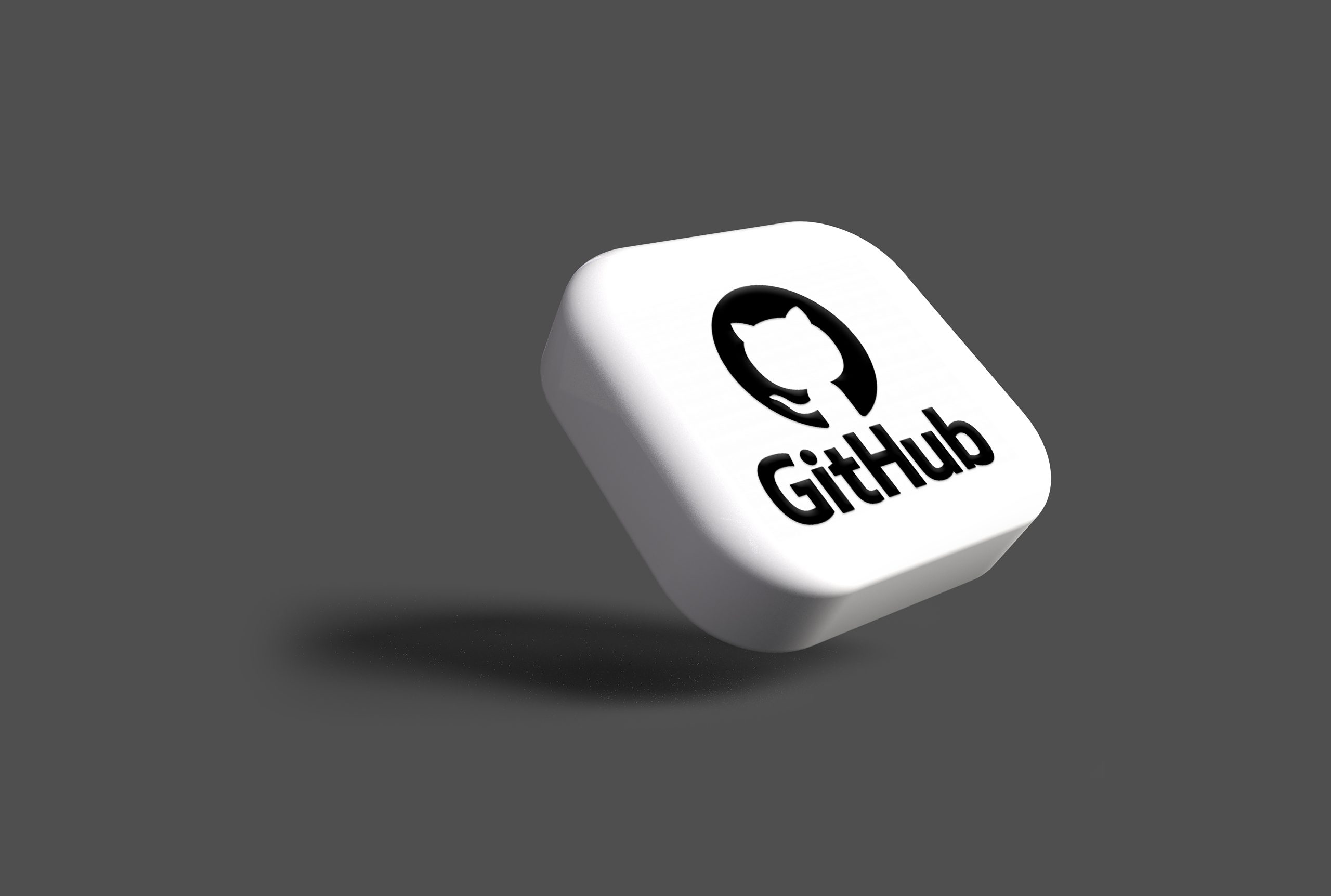Introduction
In today’s world, software development has become an essential part of our daily lives.
Whether we are using an application on our smartphones or a website on our computers, software is everywhere.
Software developers use various tools to write, test, and manage their code.
One of the most popular tools used by developers is Github.
Github is a web-based platform that offers developers a way to host, share, and collaborate on their code.
In this blog, we will discuss Github and its various features.
What is Github?
Github is a web-based platform that allows developers to host their code in a repository.
A repository is a location where developers can store their code and manage it.
Github was founded in 2008 and has since become one of the most popular platforms for hosting code.
Github provides a platform for developers to share their code with the world, collaborate with other developers, and contribute to open-source projects.
Features of Github
-
Repositories
Github allows developers to create repositories for their code.
A repository is a location where developers can store their code and manage it.
Github provides a platform for developers to share their code with the world, collaborate with other developers, and contribute to open-source projects.
-
Version Control
Github provides version control for code repositories.
Version control allows developers to track changes made to their code and revert to previous versions if needed.
Github uses Git, a popular version control system, to manage repositories.
-
Collaboration
Github provides a platform for developers to collaborate on code repositories.
Developers can invite other developers to contribute to their repositories and manage access to their code.
Github also provides tools for managing issues and pull requests, which allow developers to review and merge code changes made by others.
-
Open-Source
Github is home to millions of open-source projects.
Open-source projects are projects where the source code is available to the public, and anyone can contribute to the project.
Github provides a platform for developers to contribute to open-source projects and collaborate with other developers.
-
Integrations
Github integrates with various tools used by developers.
Integrations allow developers to automate tasks, such as building and testing their code.
Github also integrates with popular project management tools, such as Trello and Asana.
How to Use Github?
-
Create a Github account
To use Github, you must first create an account.
Creating an account is free and only takes a few minutes.
-
Create a repository
Once you have created an account, you can create a repository for your code.
To create a repository, click on the “New Repository” button on the Github homepage.
-
Add code to the repository
After creating a repository, you can add your code to the repository.
You can either upload your code files or clone the repository to your local machine and add your code there.
-
Collaborate on code
Github allows you to collaborate on your code with other developers.
To collaborate on code, you can invite other developers to your repository and manage their access to your code.
-
Manage issues and pull requests
Github provides tools for managing issues and pull requests.
Issues allow developers to track bugs and feature requests, while pull requests allow developers to review and merge code changes made by others.
Conclusion
Github is a powerful tool for developers.
Github provides a platform for developers to host, share, and collaborate on their code.
With its features, such as version control, collaboration, and integrations, Github has become an essential tool for software development.
Whether you are a beginner or an experienced developer, Github is a must-have tool for managing your code repositories.
